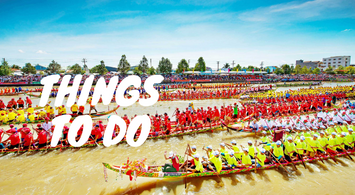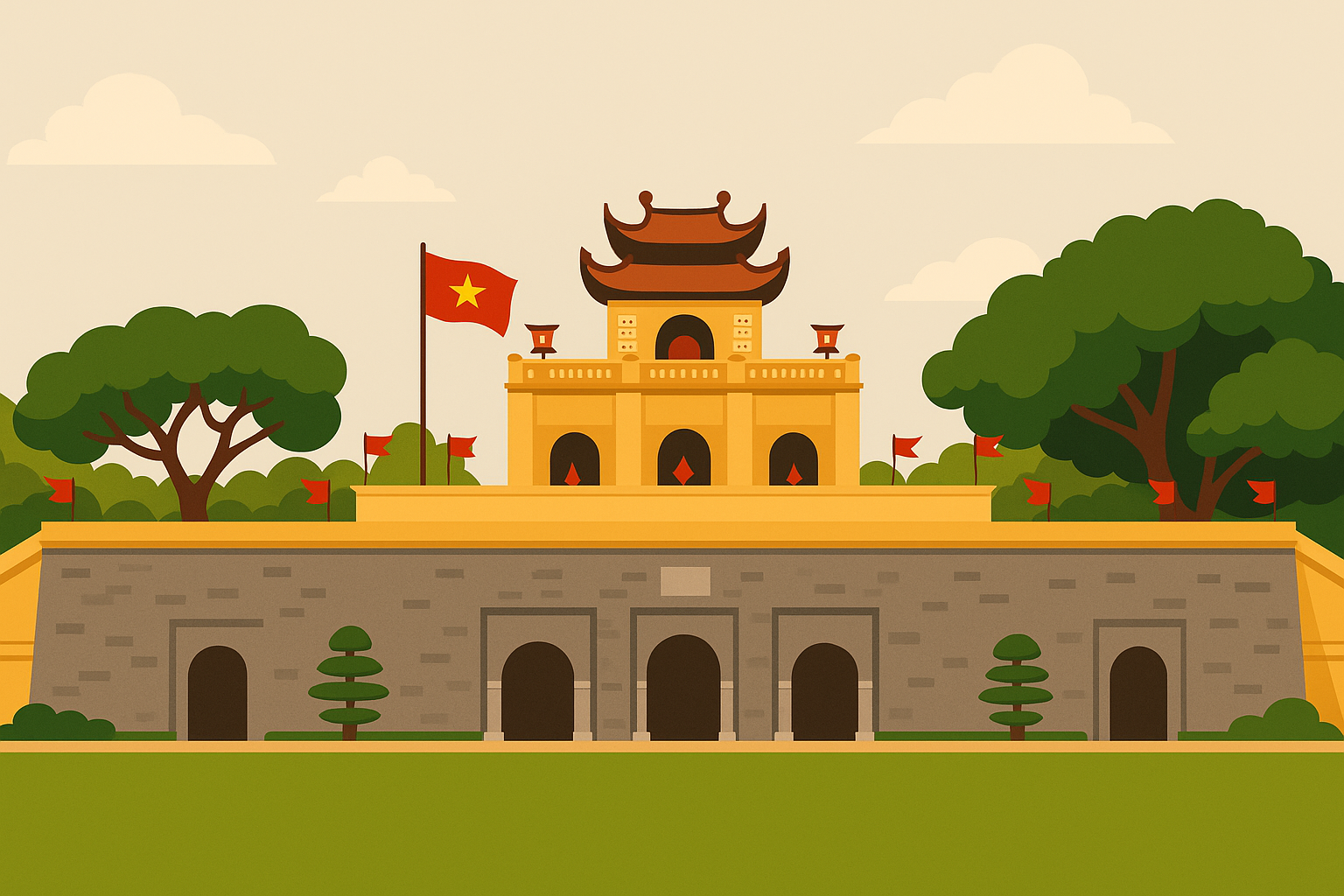Located in the center of Hanoi, the Imperial Citadel of Thăng Long is one of Vietnam’s most treasured historical and cultural landmarks. Recognized as a UNESCO World Heritage Site, the citadel has served as a political and cultural center for over 13 centuries, reflecting the evolution of Vietnamese civilization through dynasties, wars, and colonial transitions
2.
🏯 A Journey Through Time
The origins of the citadel date back to the 7th century, when it was first established as a Chinese fortress during the Đại La period. In 1010, Emperor Lý Thái Tổ moved the capital to Thăng Long (modern-day Hanoi), marking the beginning of the citadel’s role as the heart of Vietnamese imperial power
2.
Over the centuries, the site was expanded and rebuilt by successive dynasties including the Trần, Lê, and Nguyễn, each leaving behind architectural and cultural imprints. Despite damage during colonial rule and wars, the citadel remains a powerful symbol of Vietnam’s resilience and sovereignty.
🏛️ What to See at the Citadel Today
While many original structures have been lost, several key features remain:
- Đoan Môn Gate: The main southern gate, once the entrance to the Forbidden City.
- Kính Thiên Palace Foundation: Built in 1428, only the stone steps and base remain, but it once housed royal ceremonies.
- Hậu Lâu (Princess’ Palace): A surviving structure from the Lê dynasty.
- North Gate (Cửa Bắc): Built in 1805, it still bears scars from French cannon fire.
- Archaeological Site 18 Hoàng Diệu: A fascinating excavation area revealing layers of ancient palaces, wells, and ceramics 1.
🧭 Visiting the Citadel in 2025
- Opening hours: Daily from 8:00 AM to 5:00 PM
- Location: 1 Hoàng Văn Thụ Street, Ba Đình District, Hanoi
- Entrance fee: ~30,000 VND (subject to change)
- Guided tours: Available in English and Vietnamese
- Best time to visit: Spring (Feb–April) and Autumn (Sept–Nov) for pleasant weather
🌏 Cultural and Educational Significance
The Thăng Long Citadel is not only a tourist attraction but also a center for historical research and education. It hosts exhibitions, cultural festivals, and school programs that help preserve and promote Vietnam’s dynastic heritage.
In 2025, the site continues to be a focal point for heritage conservation, with ongoing restoration projects and digital archiving of artifacts to make the citadel more accessible to global audiences
2.
🏞️ Conclusion
The Imperial Citadel of Thăng Long is more than just ancient walls and ruins—it is a living chronicle of Vietnam’s identity. For travelers seeking to understand the soul of Hanoi and the legacy of Vietnamese civilization, this UNESCO site is a must-visit destination in 2025.




